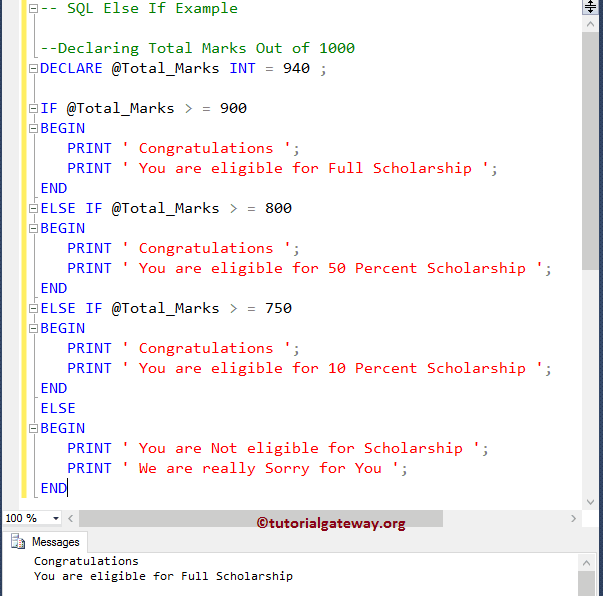

(An EXIT (Jump) element ( ) may also be used in certain cases to exit extraordinarily from a loop or a diagram, though it ought to be avoided.) You may "raise" (or "throw") an exception by means of an EXIT (Jump) element ( ). If you are an advanced programmer and want to model exception handling then you may use the non-standard TRY ( ) element. If you happen to have to do several sub-tasks, which are mutually independent and could be performed in arbitrary order or in parallel, then you may choose to make them branches of a PARALLEL ( ) element. If you have to repeat some bunch of operations, you'll need one of the loop elements: FOR ( / ), WHILE ( ), REPEAT ( ), or ENDLESS ( ) loop.

If the further activities depend on a condition or selection, insert an IF ( ) or CASE ( ) statement. If you want to delegate complex operations to another diagram, insert a CALL ( ) instead. To perform some (more or less atomic) action you will use the basic element type: Instruction ( ). If you wanted to place the element before the selected element, you should just have held the shift button pressed while clicking on the element symbol in the toolbar.Įlements can also be created via menu " Diagram › Add" or the function keys listed among the key bindings. On committing, the filled-in element will be placed immediately after the previously selected element (see above). When you click on the respective element button, an input form ("element editor") will appear, allowing you to fill in the element text and some comment. In order to add an element you must have selected either an existing element in your diagram or the initially empty centre of your diagram. The body of any algorithm can be composed of up to ten standard types (plus an extra type) of elements all being offered in the element toolbar for insertion: The framing Program (or Subroutine or Includable) element will already be there.
#Structorizer if statement how to
Here can you find explanations for the different kinds of elements that may be inserted into a Nassi-Shneiderman diagram and how to do this in Structorizer.


 0 kommentar(er)
0 kommentar(er)
